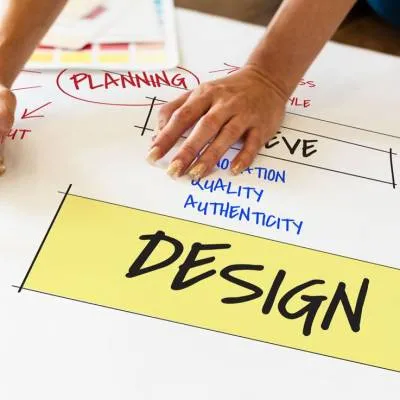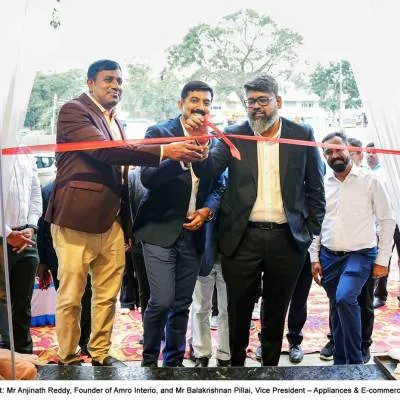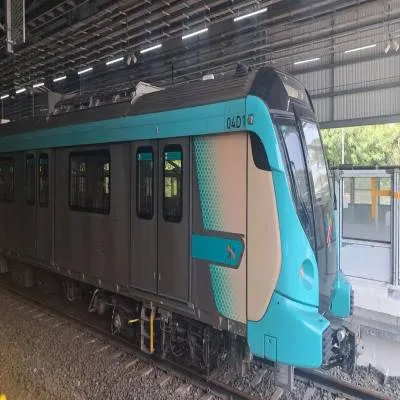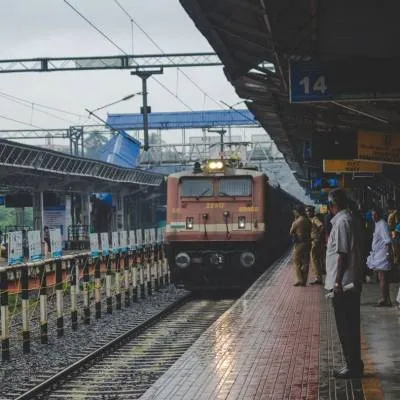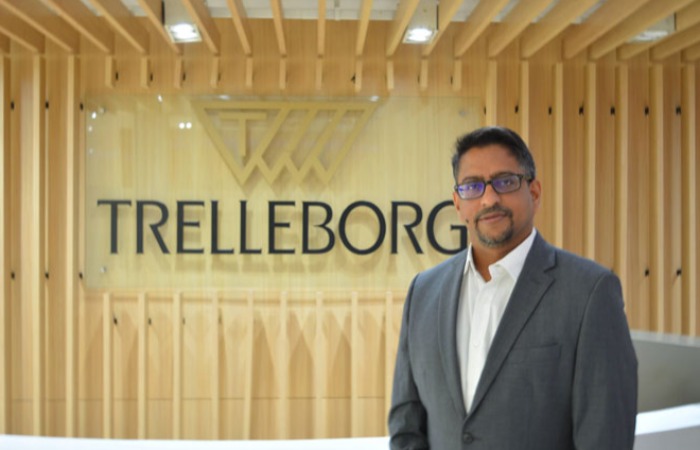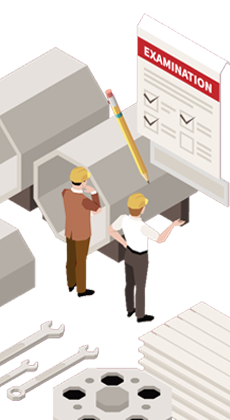Schedule a Call Back
We asked Indian OEMs to build machines no one had made before
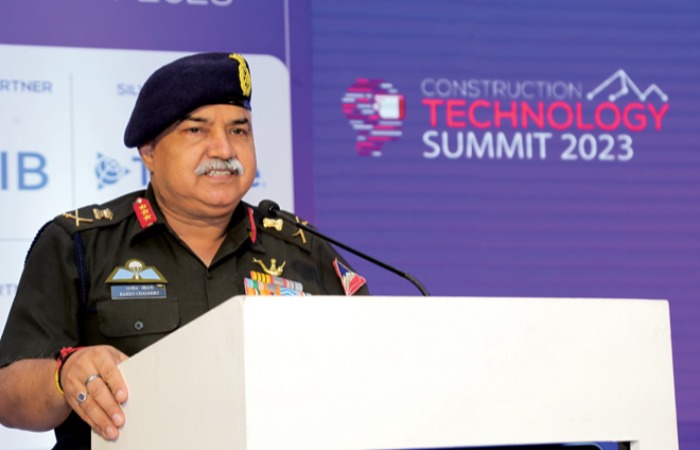
In an exclusive interaction, Lt Gen Rajeev Chaudhry, former Director General, Border Roads Organisation, shares how modern equipment, indigenous innovation, and technology transformed strategic infrastructure delivery in India’s toughest terrains.
During your tenure at Border Roads Organisation (BRO), what were some of the key construction equipment challenges that you faced while executing critical infrastructure projects?
Actually, when I took over, it was just six months after the Galwan conflict had happened, and there was a lot of pressure to accelerate the pace of infrastructure development.
BRO had been using old and conventional machinery and equipment for road construction. However, to meet the requirements of the projects on the frontline security metrics, we needed more advanced and modern equipment. So, we approached the Ministry and requested an enhancement in our powers to purchase such equipment. This was approved, and we procured a large number of new machines—like excavators, dozers, tippers, and even four-by-four vehicles and ambulances for executive movements into forward areas.
Previously, we only had 4x2 ambulances, which couldn’t climb steep gradients in remote terrains. So, we asked for 4x4 ambulances, and the Ministry sanctioned around 70 of them. We deployed these across various axes. This enabled us to increase both the number of projects and the speed of construction, especially on the northern border with China, and at a reduced cost.
How do you see the role of modern technologies like construction automation and electric machinery in enhancing productivity and safety for such projects?
Regarding automation, a lot was done. Earlier, everything was managed manually, and we had very few tools to monitor and supervise projects. So, we collaborated with BISAG (Bhaskaracharya National Institute for Space Applications and Geo-Informatics) in Gandhinagar. They developed 11 software tools for us within just three months.
These helped us rationalise our equipment requirements across various locations. Earlier, distribution was done mathematically—if there were 18 projects, each might get one excavator. But that didn’t account for varying levels of need. The new software considered the project type, number, and urgency, and helped allocate machinery more logically. This allowed for inter- and intra-project resource reallocation.
We also considered the equipment’s vintage to decide where new machines were required and where older ones could still be effective. These rehashing saved costs and improved efficiency.
On electric machinery, we strengthened our workshop infrastructure to handle breakdowns efficiently. We also set up mobile repair teams that could respond quickly on-site for both electrical and mechanical issues.
What is your perspective on the importance of developing indigenous construction equipment or enhancing local manufacturing capabilities to support strategic infrastructure initiatives undertaken by BRO?
That is absolutely essential. The government mandate since around 2021 has been that all machinery should be indigenously made or developed. Earlier, we relied heavily on imported machinery from countries like Canada or the US. But we had to reconfigure our equipment pattern.
We approached many Indian OEMs—Tata Hitachi, for example—and asked them to develop machines to our specifications. While some hesitated due to low order quantities, Tata Hitachi manufactured 12 long-boom excavators specifically for BRO, each with a 65-tonne capacity and a 23.5-metre (m) arm—the longest in India.
We also used to import modular bridges for forward locations at triple the cost. So, we collaborated with Garden Reach Shipbuilders & Engineers in Kolkata to make them locally. We trialled and successfully developed double-lane, 13.5-m-wide modular iron bridges with a 140-foot span. These can be assembled in just a week and meet Class 70 standards—capable of carrying tanks, artillery, and heavy transport. We commissioned 60 of these bridges, with 40 already deployed in forward areas. This marked a major milestone under the Atmanirbhar Bharat initiative.
Are these machines procured by BRO directly, or are they taken on rent?
Mostly, we buy the equipment. BRO is unique in that we also execute works departmentally. In areas where contractors can’t go—due to security or remoteness—we do the work ourselves, and thus we require ownership of machinery.
However, in certain cases where equipment is urgently needed, and we don’t have it in proximity, we are permitted to hire machines with operators. For example, on the Nimmu–Padam–Darcha road—the third axis to Leh—we hired equipment from local agencies. This road supplements the two other main routes: one through Srinagar-Zoji La-Kargil-Leh, and the other through Manali over Baralacha La, Lachulung La, and Tanglang La. The third axis passes through Darcha, Shinkun La, Padum in Zanskar, and then onto Leh.
What specific qualities or features do you believe are essential in construction equipment, especially for extreme conditions like high altitudes or snowbound zones?
Each equipment type—excavators, dozers, tippers, drills—has its own detailed technical specifications (QRs). BRO operates from the deserts of Rajasthan, where temperatures can hit 50°C, to Ladakh, where it drops to -30°C. So, we need versatile, rugged machinery that performs reliably across this entire spectrum.
In greenfield areas where there’s no existing track, we start by widening foot tracks or animal transport routes. In areas that are completely unconnected, we deploy machinery at multiple attack points—on both ends and intermediate spots—to speed up work. This requires lightweight or dismantlable equipment that can be airlifted by Chinook helicopters. We’ve given such specific requirements to manufacturers, and they’ve responded with innovative solutions.
How can the construction equipment industry better cooperate with government agencies like BRO to fast-track infrastructure development, while also ensuring sustainability and minimal environmental impact?
Industry players participate in major expos—like the RAHSTA Expo in September, or others in Delhi and Bengaluru—where they showcase new equipment. We attend these expos and identify potential solutions.
Although our order volumes are smaller, vendors usually accommodate us because it’s for national infrastructure. We also conduct internal seminars to which we invite equipment manufacturers. These are more focused on BRO’s specific requirements, unlike larger expos that cater to highways, buildings, etc.
For instance, we approached Trimble for a GPS-based navigation system for snow-clearing dozers. After heavy snowfall, the dozer operator can’t distinguish road edges from the valley. Earlier, this caused accidents. With Trimble’s navigation, the operator can now identify road extremities accurately. It has significantly improved both safety and efficiency.
You mentioned telematics. Could you elaborate on its use in BRO’s operations?
Telemedicine and telematics have been game-changers. In remote or non-connected areas, if someone is critically injured, it’s crucial to treat them during the “golden hour”. We worked with ISRO to develop a satellite-controlled telemedicine system that connects field units with military or civilian doctors anywhere in India.
The doctor, seeing the injury via the system, can give immediate guidance. We’ve established telemedicine centres in Arunachal Pradesh, Mizoram, Ladakh, and other remote regions. Telematics has been crucial in saving lives and improving medical response times in isolated zones.


Subscribe Now
Subscribe to our Newsletter & Stay updated
RECENT POSTS
Popular Tags
Folliow us
Related Stories
Engineering the Unseen
On a bustling construction site, the spotlight usually falls on towering cranes, massive excavators and earthmovers carving through rock and soil...
We aim to deepen collaborations with OEMs
Chandrasekar Krishnamurthy, Global Director of Product Management, BorgWarner, discusses the company’s expanding footprint in India and ...
Sustainability is integral to our global and India roadmap
Vinay Balakrishnan, General Manager, Trelleborg Sealing Solutions India, speaks on the key trends shaping product development and market s...

